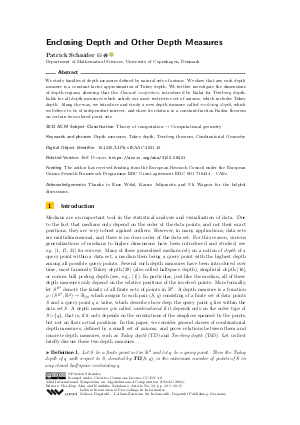LIPIcs.ISAAC.2021.10.pdf
- Filesize: 0.82 MB
- 15 pages

 Creative Commons Attribution 4.0 International license
Creative Commons Attribution 4.0 International license































Feedback for Dagstuhl Publishing